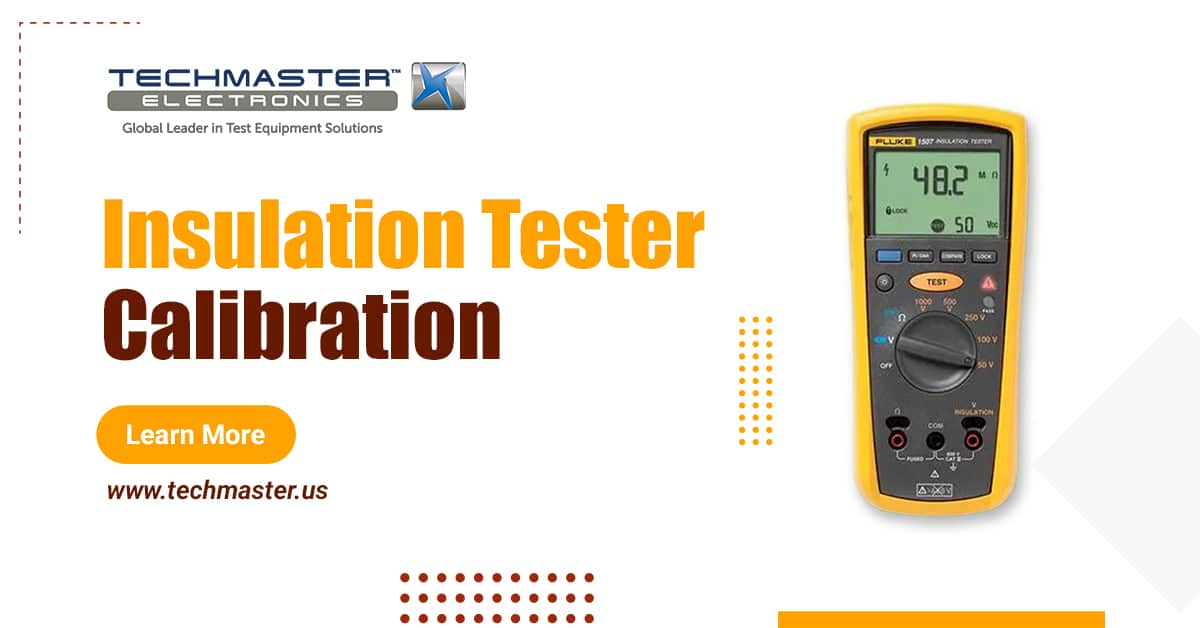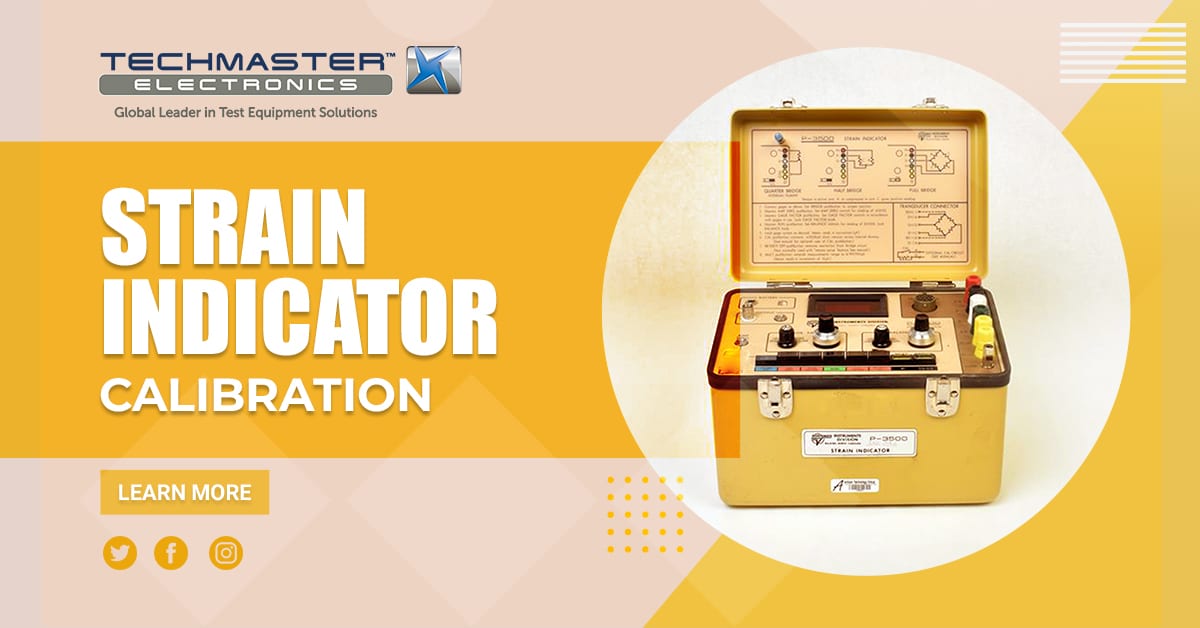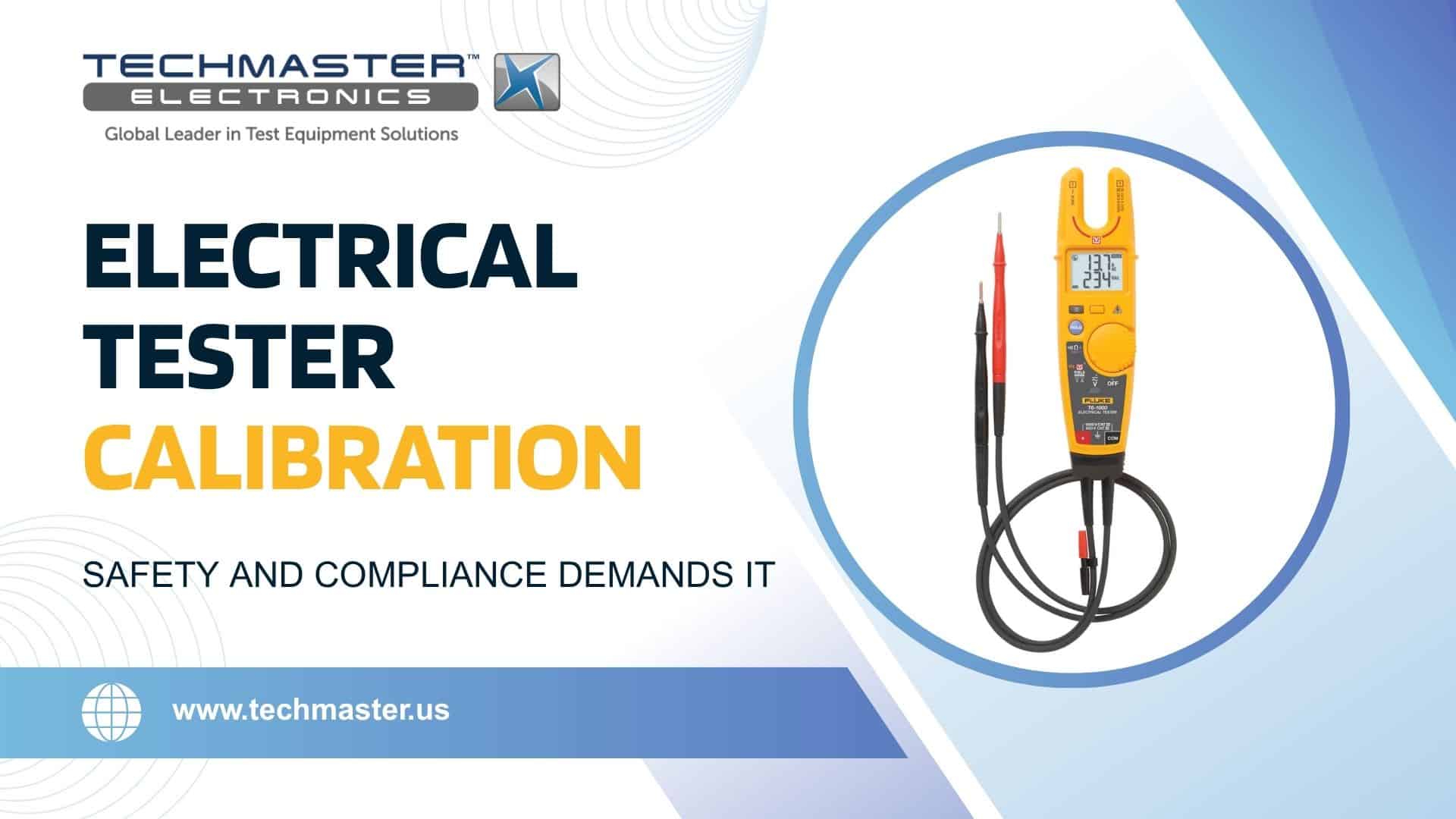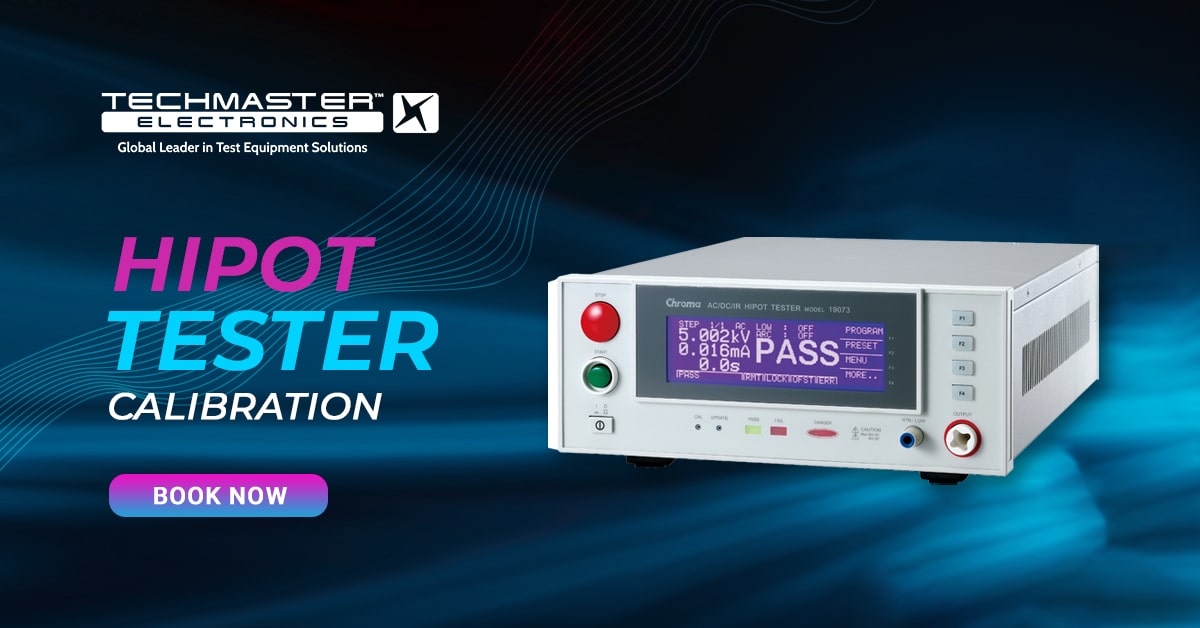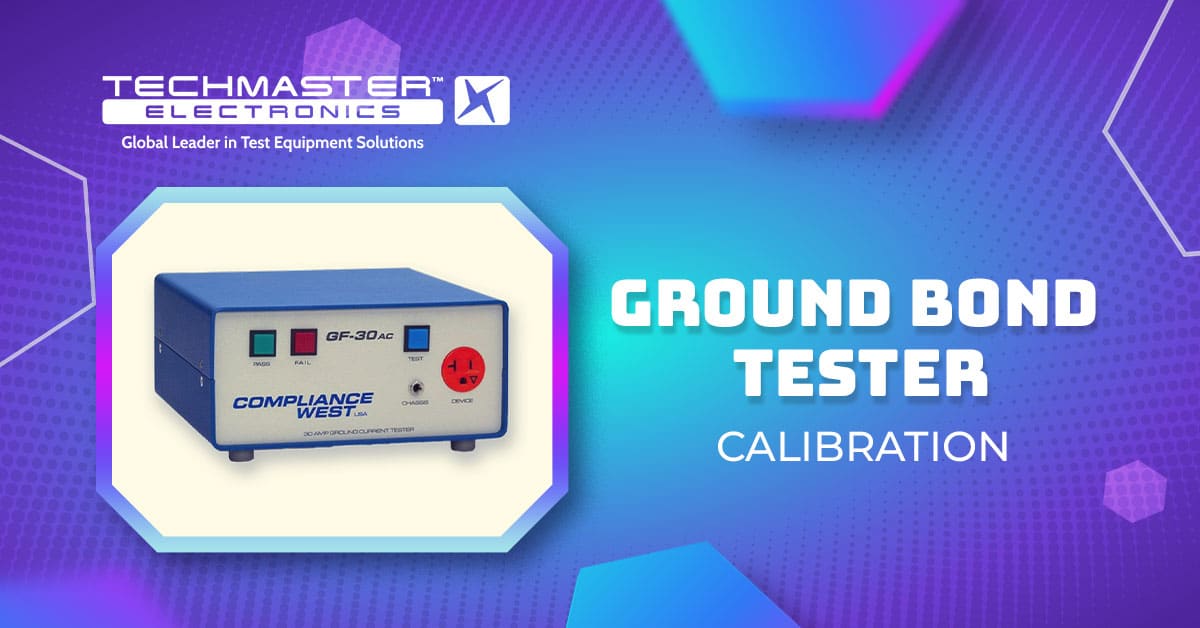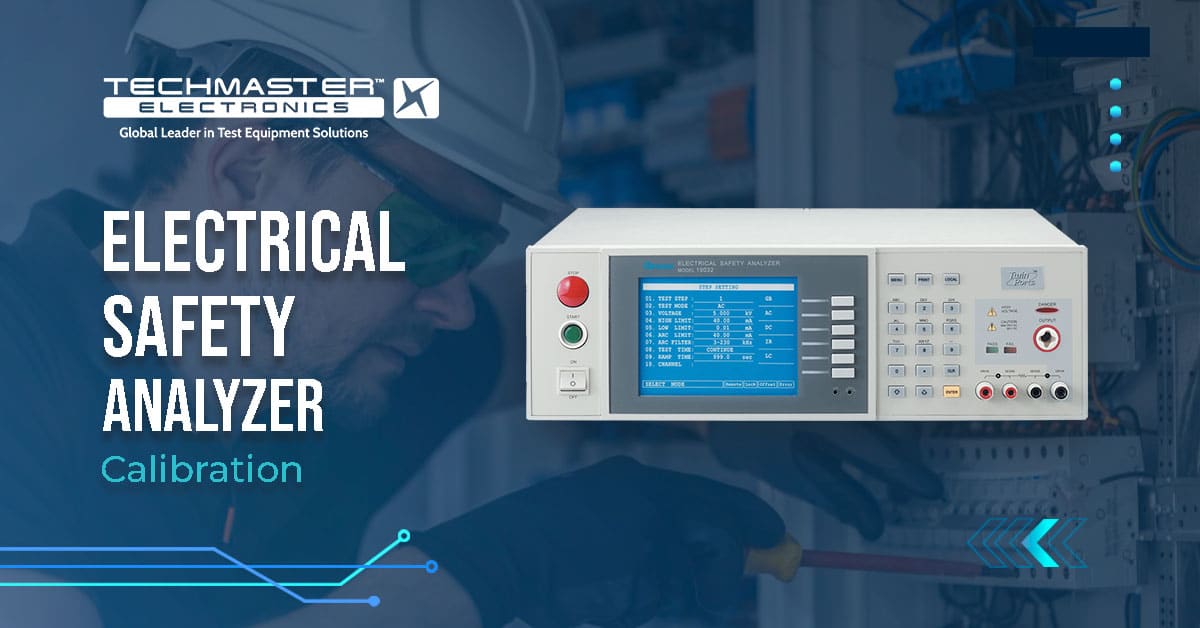In today’s fast-moving, compliance-driven industries, Multifunction Tester Calibration is not just a routine requirement but a critical element of operational excellence. With complex electrical systems and safety standards to uphold, professionals rely on on-site multifunction tester calibration to minimize downtime, ensure accuracy, and meet audit requirements without hassle.
When your equipment is out of calibration, you’re not just risking measurement errors — you’re potentially compromising safety, productivity, and compliance. That’s why it pays to treat calibration as a strategic investment, not a cost.
What Is a Multifunction Tester?

Multifunction testers (MFTs) are versatile instruments used to perform a wide range of electrical tests—typically including insulation resistance, loop impedance, RCD testing, continuity, and voltage measurements. These devices are essential tools for:
- Electrical contractors conducting installations
- Facility maintenance teams ensuring system reliability
- QA and safety inspectors verifying code compliance
Popular types of multifunction testers include:
- Portable handheld testers (used in residential or commercial wiring)
- Advanced bench units (for industrial applications)
Industries Served:
- Construction and building inspection
- Manufacturing and production
- Utilities and energy
- Aerospace and defense
For example, an MFT might be used during a factory acceptance test (FAT) to verify proper wiring before commissioning a new control panel. Or it may be employed in a hospital setting to ensure continuity of critical ground paths in patient care areas. Whatever the context, reliable readings are non-negotiable.
Why Calibration Is Critical
Failing to calibrate a multifunction tester can lead to inaccurate readings—and costly consequences:
- Safety Hazards: Faulty results may lead to unsafe wiring assumptions, potentially putting people or facilities at risk.
- Failed Audits: Regulatory non-compliance can halt production, delay projects, or result in costly penalties.
- Equipment Damage: Inaccurate testing may cause improper operation of connected systems, amplifying the damage.
- Loss of Trust: QA processes lose credibility without verified instrumentation, eroding confidence internally and with clients.
When you skip or delay calibration, you’re essentially betting that “close enough” is good enough. But in regulated industries or mission-critical systems, that’s a gamble few can afford.
Think about it like this: would you trust a car speedometer that hasn’t been checked in years? Probably not. Your multifunction tester is no different.
Emerging Trends in Calibration
The calibration world is evolving, and so are customer expectations. Here’s what’s reshaping the landscape:
- Remote monitoring of calibration status via IoT integration — giving maintenance teams live data on when tools are due for recal.
- Cloud-based certificate access — no more scrambling through binders before audits. Access your entire history with a click.
- On-site ISO 17025-accredited calibration — bringing the lab to you, without compromising standards.
- Automated calibration scheduling through CMMS or asset platforms — preventing overdue equipment from slipping through the cracks.
These trends reflect a broader shift: companies want more than just “pass/fail” results — they want calibration to plug into their digital workflows, help reduce administrative overhead, and deliver measurable ROI.
The Calibration Process – Simplified
Calibrating a multifunction tester involves comparing its output to a known reference under controlled conditions. Here’s a simplified process:
- Visual inspection & verification — to identify physical damage or issues before measurement.
- Functional checks for each test mode — confirming your device behaves as expected.
- Comparison against reference standards — usually traceable to NIST or another NMI.
- Adjustment or repair — if results fall outside acceptable tolerances, correction steps are taken.
- Issuance of a calibration certificate — with or without data/uncertainties depending on service level.
Technicians use high-accuracy calibrators and follow documented procedures. At accredited labs like Techmaster, each step is performed under a quality system aligned with ISO/IEC 17025.
Need clarity on which calibration level suits your needs? Let’s talk. A 5-minute call could save you hours of audit prep and guesswork.
The Role of Standards – ISO/IEC 17025 & More

Calibration isn’t credible unless it aligns with international standards. Here’s what matters:
- ISO/IEC 17025 Accreditation: Ensures lab competence and traceability
- ANSI/NCSL Z540.1: Often required by U.S. aerospace and defense sectors
- NIST Traceability: Guarantees reference alignment with U.S. national standards
Benefits to businesses:
- Certificates recognized across industries and borders
- Easier audit pass rates and reduced regulatory risk
- Trustworthy measurement uncertainty for critical decisions
Choosing an accredited provider also signals to your clients and regulators that your operation takes quality seriously.
How Often Should I Calibrate?
The answer depends on usage conditions, but here are general rules of thumb:
- Annual calibration is standard for most applications
- High-frequency use or harsh environments may warrant 6-month intervals
- After repairs, drops, or unusual readings, always recalibrate
Other influencing factors include OEM recommendations, ISO 9001 or GMP system requirements, and internal SOPs. If your equipment is used for final inspections or safety checks, more frequent calibration may be justified.
Key Considerations When Choosing a Calibration Provider
Selecting a service provider is about more than price. Consider:
- Accreditations — Are they ISO/IEC 17025 accredited? Z540.1 compliant?
- Turnaround Time — Can they return equipment in days, not weeks?
- On-site capabilities — Can they calibrate at your location with the same standards?
- Availability of full data & uncertainty reports — Critical for risk management and traceability.
- Reputation in your industry — Do they serve similar clients or applications?
- Integrated support — Can they repair failed units or offer rental replacements?
The right partner won’t just calibrate your devices — they’ll support your quality system.

On-Site vs. Lab-Based Calibration
Both models offer value, but the right fit depends on your priorities:
| Feature | On-Site Calibration | Lab-Based Calibration |
|---|---|---|
| Downtime | Minimal | Potential shipping delays |
| Convenience | High | Lower for large fleets |
| Accreditation | Available (ISO 17025) | Fully supported |
| Cost | Variable | Often lower per unit |
| Ideal For | Large systems, urgent needs | Non-critical, batch calibration |
If your team juggles dozens—or hundreds—of instruments, on-site calibration can significantly reduce internal disruption. Plus, you retain control over equipment movement and avoid potential transit damage.
Evaluating Service Levels
Techmaster offers three distinct levels of calibration services:
- Commercial Calibration – Basic service with traceability and certificates
- ANSI/NCSL Z540.1 Calibration – For aerospace/defense QA needs
- ISO/IEC 17025 Accredited Calibration – For regulated industries, R&D, and global compliance
Each level comes with varying deliverables—data reports, uncertainties, labeling—and is matched to the customer’s risk profile and regulatory requirements.
When evaluating service levels, ask yourself:
- Do I need calibration data for every parameter?
- Will my certificate be accepted internationally?
- How critical is measurement uncertainty to my application?
Choosing the right level helps avoid overpaying for unneeded documentation—or worse, under-calibrating for your compliance needs.
Why Techmaster? Unique Value for Multifunction Tester Calibration
Techmaster delivers more than just calibration:
- ISO/IEC 17025-accredited on-site calibration across the U.S.
- Free local pickup and delivery for lab-based service
- Fast turnaround times to minimize your operational downtime
- Online certificate portal for instant access & recall alerts
- Automated scheduling to help you stay compliant without the paperwork
- Integrated services: repair, rentals, equipment lifecycle support
- Global network of labs in the U.S., Mexico, Thailand, and Vietnam for international support and scalability
Techmaster’s secure online portal allows customers to:
- View and download calibration certificates 24/7
- Receive automated recall notifications
- Manage service schedules and asset histories with ease
This digital-first approach reduces administrative burdens and makes it easier for QA teams and engineers to stay organized and audit-ready.
With over 30 years of experience, Techmaster is trusted by electrical engineers, QA managers, and procurement teams nationwide. Their flexible service levels and extensive scope of equipment coverage mean you don’t need multiple vendors — just one reliable partner.
When you calibrate with Techmaster, you’re not just ticking a box — you’re enhancing reliability, protecting your operations, and strengthening your audit readiness.
FAQs – Multifunction Tester Calibration
1. What is multifunction tester calibration? It’s the process of verifying that your multifunction electrical tester provides accurate measurements, typically by comparing its output to traceable reference standards.
2. How long does calibration take? Lab-based calibration typically takes 3–5 business days. On-site services can be completed in a single visit, depending on equipment quantity and complexity.
3. Do I need ISO 17025 calibration? If you work in regulated industries, export internationally, or want documented measurement uncertainty, then yes—ISO 17025 is essential.
4. Can calibration be done on-site? Yes. Techmaster offers ISO-accredited on-site calibration for multifunction testers, reducing downtime and shipping risk while maintaining full compliance.
Get Expert Guidance – Contact Us Today
Looking to calibrate your multifunction tester with minimal disruption? Contact our team today for expert consultation and a calibration plan tailored to your equipment, standards, and operational needs.
Whether you manage a single site or multiple facilities, we’ll help you stay compliant, reduce risk, and protect your reputation — one calibration at a time.



